Both Sapele wood and Mahogany are excellent choices for furniture, construction, and many other outdoor applications. While Mahogany is more famous for its appearance and unique durability, Sapele is preferred for its hardness and surprising durability.
And if you are undecided about which type of wood to choose for your project, the following article will provide a detailed overview of Sapele wood vs Mahogany wood, along with the similarities and differences between them.
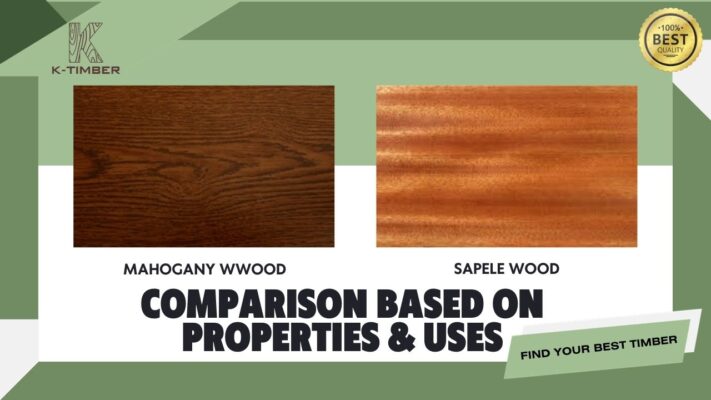
Table of Contents
Introduction to Mahogany Wood
Mahogany is a type of hardwood that originates from the tropical regions of Central and South America, and Africa. There are several types of Mahogany, but the most common are Cuban, Honduran, and African Mahogany.
Known for its rich reddish-brown color and high durability, Mahogany belongs to the Swietenia genus. Its trees grow about 100-130 feet tall and have a trunk diameter of 3-5 feet. The grain is straight or interlocked with a medium to coarse texture. This wood has been widely used in the manufacture of high-end furniture and decorative items for centuries. Today, Mahogany is commonly applied in furniture, flooring, boat building, and cabinetry.
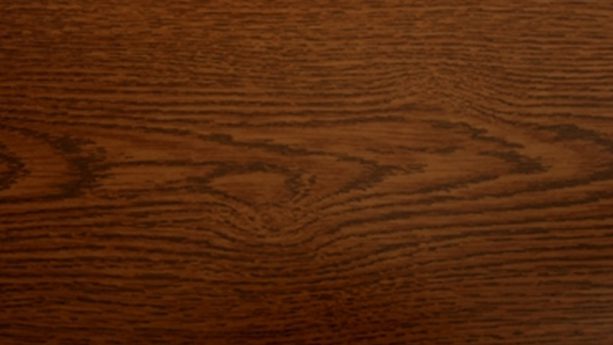
Introduction to Sapele Wood
Sapele is also a type of hardwood and is most commonly found in the tropical regions of Africa. Sapele has a reddish-brown color similar to Mahogany but is darker and features more prominent grain patterns.
The trees grow about 100-150 feet tall and have a trunk diameter of 3-5 feet. The heartwood ranges from yellow to deep red and darkens over time. Sapele has interlocked or wavy grain with a uniformly fine texture. Due to its durability, strength, and hardness, Sapele is an ideal choice for high-traffic flooring, load-bearing furniture, and similar applications.
In terms of appearance, Sapele wood and Mahogany have many similarities. This is also why many carpenters use both interchangeably in various projects
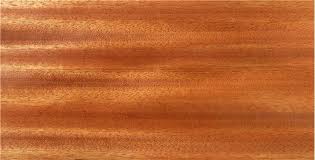
READ MORE: Sapele Wood: Properties, Characteristics & Uses
Sapele Wood vs Mahogany: The Similarities
Sapele wood and Mahogany have many similarities in terms of appearance, durability, and workability. Both feature a reddish-brown color with patterned or striped grain. Sapele wood and Mahogany are both easy to work with and highly durable; they do not shrink or swell excessively with changes in weather. Additionally, their excellent resistance to termites and rot makes them very suitable for outdoor projects.
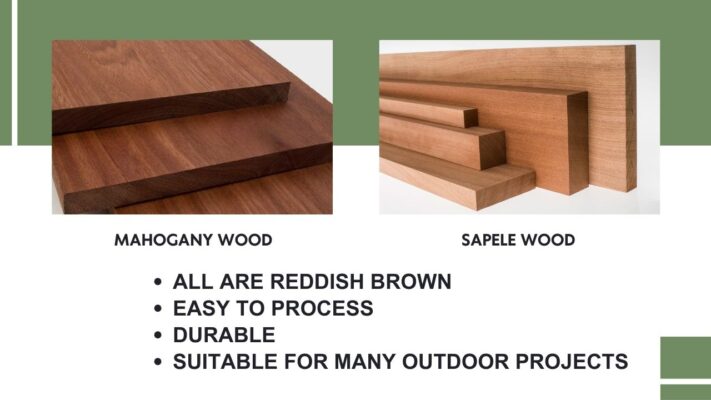
Sapele Wood vs Mahogany: Which is Better
In reality, Sapele wood and Mahogany are quite similar in appearance and characteristics. However, they do have several differences, particularly regarding availability and cost. Sapele is always readily available and is less expensive compared to Mahogany.
Specifications
| MAHOGANY WOOD | SAPELE WOOD | |
| Scientific Name | Swietenia | Entandrophragma Killindricum |
| Specific Gravity | 0.61 | 0.64 |
| Color | Reddish-brown and Color tend to darken with age | Golden to dark reddish-brown. Colors darken with age |
| Janka Hardness (N) | 4180 | 1410 |
| Average Dried Weight | 40 lbs/ft3 (640kg/m3) | 42 lbs/ft3 (670 kg/m3) |
| Modulus of Rupture (MPa) | 107 | 97 |
| Elastic Modulus (GPa) | 12 | 12 |
| Crushing Strength (MPa) | 65 | 67 |
| Shrinkage (%) | Radial: 5.8
Tangential: 9.4 Volumetric: 15.3 |
Radial: 4.7
Tangential: 7.2 Volumetric: 12.4 |
Color and Grain Patterns
Mahogany has a natural deep reddish-brown color that darkens with age. It is renowned for an optical phenomenon known as chatoyancy, where the wood surface produces a three-dimensional appearance when viewed at certain angles. On the other hand, the heartwood of Sapele ranges from golden to reddish-brown, darkening over time. Sapele heartwood often features ribbon-like patterns or other distinctive figures typically seen in quarter sawn wood.
In terms of grain and texture, Mahogany usually has straight and interlocking grains with a medium and uniform texture. Meanwhile, the grain of Sapele is often more pronounced and distinct. In fact, Sapele frequently exhibits unique grain patterns such as ribbon, pommele, quilted, wavy, fiddleback, and bee’s wing. Sapele generally features interlocked grains with a consistent texture.

Hardness and Weight
Sapele typically has a higher hardness than Mahogany. The Janka hardness of Sapele is 1410 lbf compared to Mahogany’s Janka hardness of 800 lbf. With a higher Janka rating, Sapele also has a greater resistance to wear, making it a more suitable wood choice than Mahogany for flooring in high-traffic areas.
In terms of weight, Sapele is denser and significantly heavier than Mahogany. The average dry weight of Sapele is about 670 kg/m³, while that of Mahogany is 640 kg/m³
Durability
Both Sapele wood and Mahogany are durable woods, but Sapele is less durable than Mahogany. Sapele has moderate rot resistance and excellent protection against insect damage.
On the other hand, the durability of Mahogany depends on the age and growing conditions of the tree. It also has a good resistance to insect attacks.
Stability
Both Sapele wood and Mahogany are stable types of wood. Mahogany is notably more stable as it is less likely to shrink or swell significantly with temperature changes. Conversely, Sapele is also very stable but slightly less so than Mahogany due to its susceptibility to weather and temperature changes. Additionally, Sapele is less prone to warping or twisting due to its superior dimensional stability.
Workability
Both Sapele wood and Mahogany are easy to work with. However, Sapele, with its density and interlocked grain, can sometimes cause issues when working with machinery. Planing and sawing may lead to tearing and dulling of cutting tools. Additionally, Sapele is known to discolor and stain when in direct contact with iron, but it is also easy to finish.
On the other hand, Mahogany is much easier to work with, whether using hand tools or machinery. Its grain is often irregular, which can sometimes lead to tearing during machining. Mahogany is easy to sand, glue, stain, and finish.
Availability and Price
Cuban Mahogany is especially rare and expensive, considered the most popular among the premium types of wood. Meanwhile, Honduran Mahogany is also hard to find as it is not widely available on the market, and its price can range from moderate to very high depending on availability. Another type, figured wood, is also very rare and expensive due to its uniqueness.
Compared to Mahogany types, Sapele is more readily available and common, which makes it less expensive. Ordinary sawn wood is affordably priced. However, wood with special shapes or patterns tends to be more expensive due to its rarity.
Applications
Sapele is often used as a substitute for Mahogany due to its lower cost and availability. It is commonly used in the manufacture of musical instruments, decorative veneers, furniture, boat building, flooring, plywood, paneling, exterior decoration, and many other applications. Sapele wood furniture is typically quite sturdy and durable. Sapele is the preferred wood for flooring due to its ability to withstand pressure, scratches, and high durability.
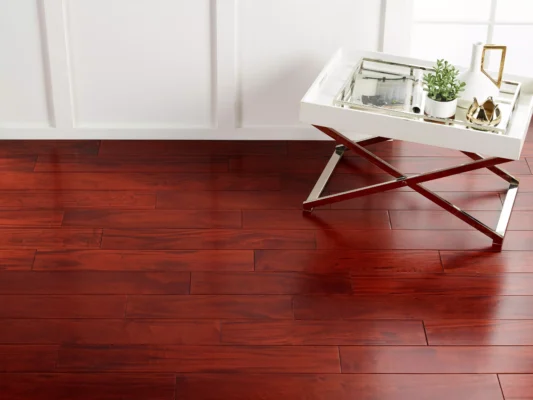
Conversely, Mahogany is widely used in the production of high-end furniture. Mahogany wood furniture is highly valued for its quality, durability, and long-term use over decades with minimal maintenance required. Additionally, Mahogany is favored for making high-quality musical instruments such as guitars, pianos, and violins. With its water resistance and high humidity tolerance, it is also applied in boat building and other outdoor furnishings.
Sapele Wood vs Mahogany: Which Wood Type is Suitable for Your Project?
Sapele wood and Mahogany are two types of wood that share many similarities and are often used interchangeably as materials. Mahogany is not easy to find and is quite expensive, which is why many carpenters choose Sapele as a suitable alternative. Mahogany has a more impressive appearance with rich tones and warm colors, making it ideal for interior decorative constructions and high-end wood products. On the other hand, Sapele offers better dimensional stability and high durability, making it a preferred choice for outdoor decorative projects and boat building. Mahogany is also easier to work with compared to Sapele.
Ultimately, the choice between Mahogany and Sapele will depend on the specific requirements of your project. Do not hesitate to contact us to receive advice from our wood processing experts.
Where to Buy Top-Quality Sapele Wood Online?
If you are looking for a place to buy top-quality Sapele wood online, K-TIMBER is the ideal destination for you. K-TIMBER is a reputable wood supplier specializing in premium woods, including Sapele. With over 20 years of experience and a commitment to providing sustainable wood sources, K-TIMBER ensures the delivery of high-quality wood suitable for all project needs, from interior design to outdoor decoration and other construction projects.

Proudly a supplier and exporter with headquarters in Vietnam (K-TIMBER) and Angola (HATC), we have successfully exported to over 30 countries such as Canada, Australia, Vietnam, UAE, and many other regions in Europe and Asia. We guarantee to offer you wood prices that are 20% lower than the market rate and top-quality wood globally. Contact K-TIMBER to receive a quote and check wood availability.
- ADDRESS VIET NAM (K-TIMBER): 169 Nguyen Ngoc Vu street, Cau Giay District, Hanoi.
- Phone: (+84) 85 555 5304
- Email: [email protected]
- ADDRESS ANGOLA ( HATC WOOD AFRICAN): Av. Pedro de Castro Van-Dúnem Loy, Luanda, Angola.
- Phone: (+244) 938 856 888




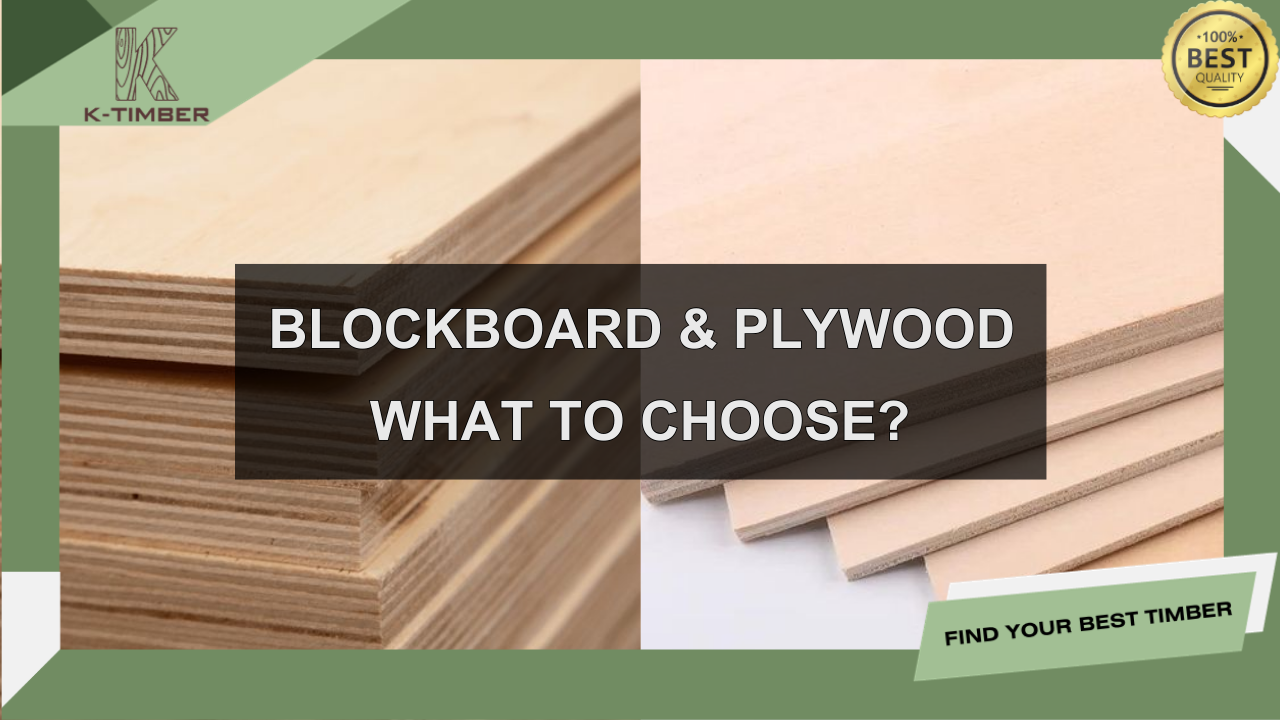


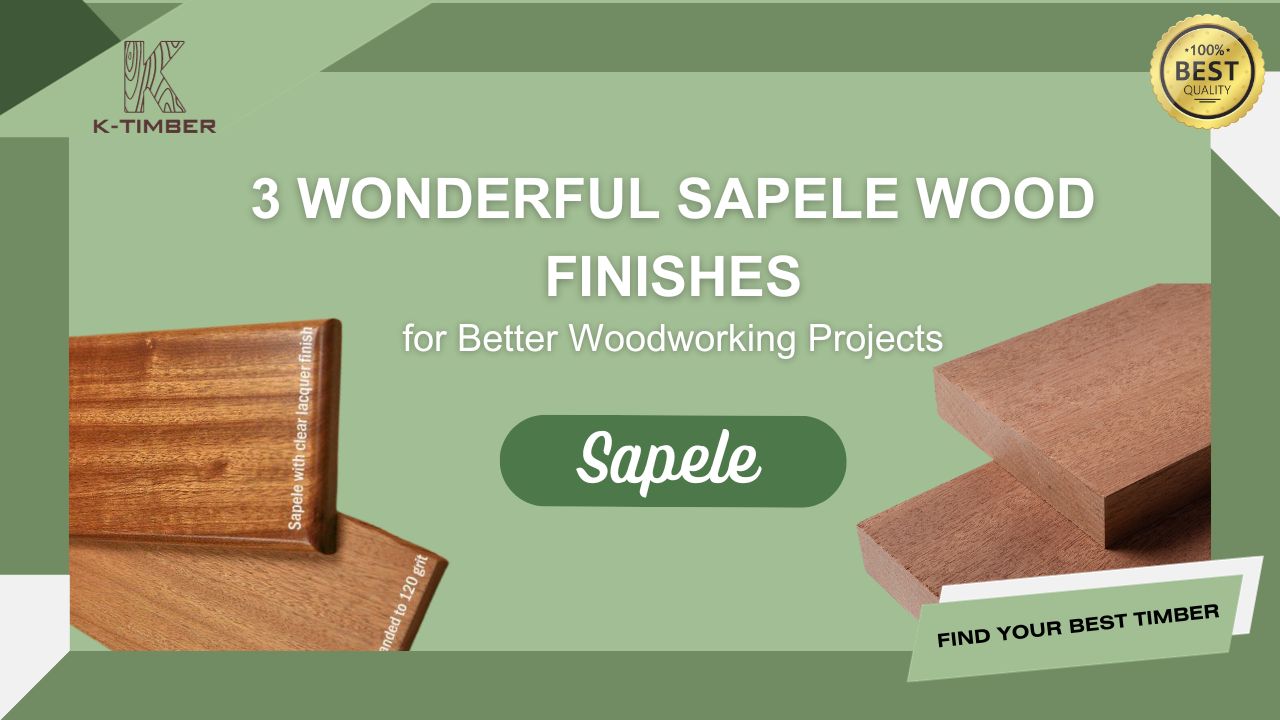


![[K-Timber] Blog Post Boder](https://k-timbers.com/wp-content/uploads/2024/07/K-Timber-Blog-Post-Boder-4.jpg)